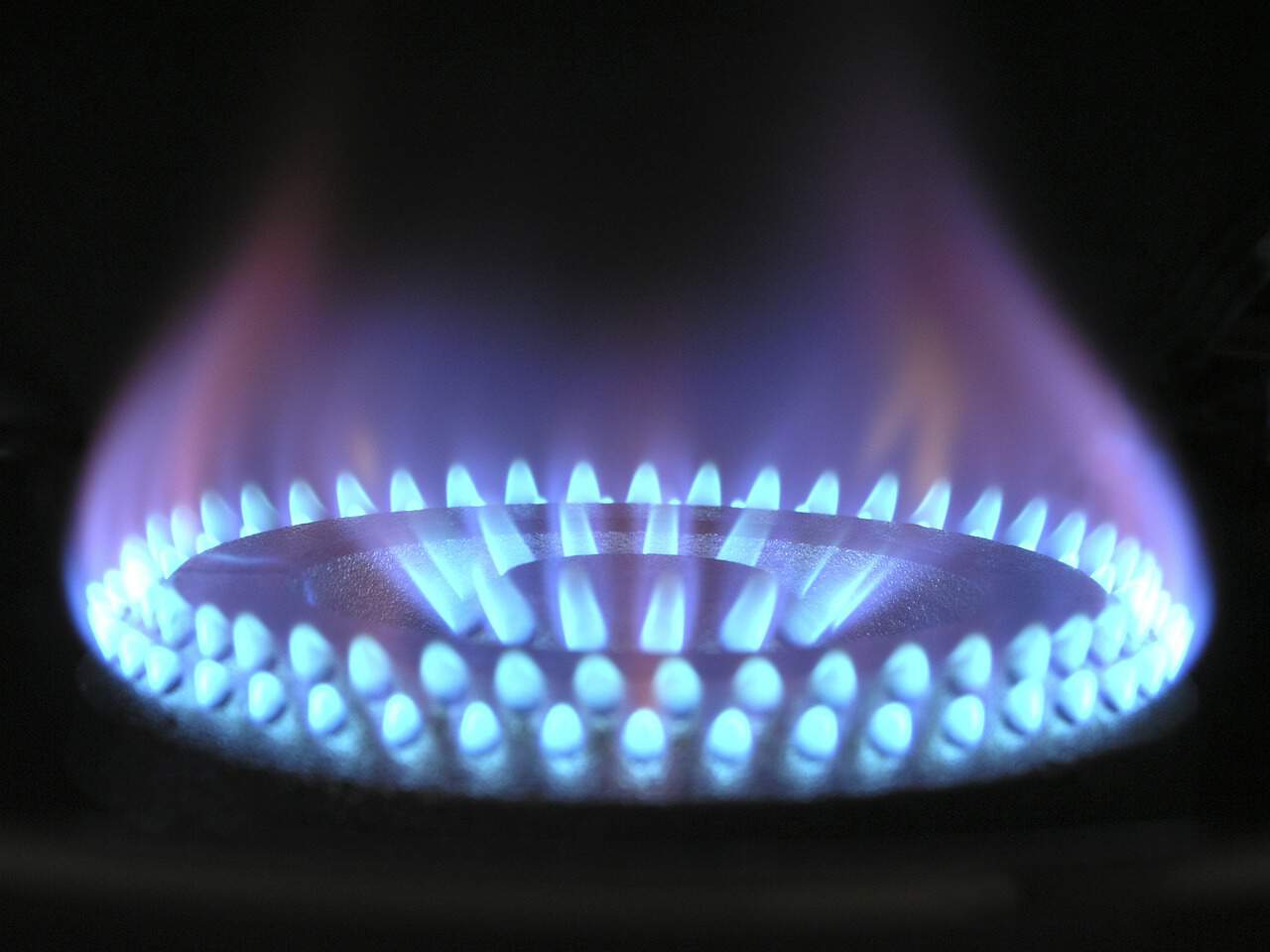Introduction
Ofgem — the energy sector administrator in the United Kingdom — announced some news which rocked the energy market. From January 2024, there will be a rise in the cap on prices for Standard Variable Tarrifs (SVTs) that have more than two million UK households under them. The move is meant to mirror increasing costs in wholesale power and shield customers from overpayment on gas and electricity. This article will focus on the essence of the proposed price cap increase for consumers.

Understanding The Price Cap
The cost per year for an average dual-fuel household of SVT would be increased from £1,042 to £1,181, as announced by Ofgem in its recent statement. Such is the highest price cap level that has been witnessed since its introduction in about thirteen percent. This decision was based on the fact that wholesale energy prices have increased more than fifty percent since they were reviewed.
Impact On Consumers
This may have implications for many domestic consumers in UK as this change will see higher bills for those on SVTs but will not change supplier or contract in the next few weeks. Ofgem estimates that over 10 million homes will feel the impact of this hike. However, the price cap does not extend to fixed rate tariffs and prepayment meters.
Price caps are meant to protect consumers and are not necessarily the cheapest energy prices available to consumers. Customers are encouraged by Ofgem to find a good bargain for switching with an eye at a cheaper rate. Changing providers or switching tariff is usually cheaper than paying regulated prices because there are different offers available on the market which don’t fall under the regulated price limit.
Ofgem's Justification
The rationale for Ofgem increasing the price cap is attributed to the hike in wholesale energy prices. Various reasons such as rising demand globally, geo-political turbulences and short supply chains have led to increasing wholesale prices. There has been a considerable increase in energy supply costs hence forcing energy suppliers to transfer them to consumers.
Indeed, Ofgem claims that the hike in the ceiling is essential to keep companies solvent and to avoid a shortage of fuel in markets. This increase helps some suppliers meet their cost requirements, otherwise, the market could become unstable with higher prices paid by consumers in future years.
Taking Charge Of Your Energy Bills.
It is important given the price ceiling increase that consumers become active regarding their bills. Here are a few steps you can consider:
1. Shop Around:
To get value for your money, compare energy tariffs from various suppliers and decide on the one that suits you best. There are several fixed-rate tariffs offered by many different suppliers which can be stable as well as help in saving a lot of money.
2. Switch Suppliers:
Switch suppliers if you have a better offer. It can be easy to switch and it might even result in a huge amount of savings on your energy bills.
3. Energy Efficiency:
Consider saving energy by replacing old or poor insulation, switching to LED lights, and installing a smart thermostat. Making these changes will be useful for you as it will lead to less electricity used up and thereby lower bills in the future.
4. Monitor Your Usage:
Monitor your energy consumption, and switch to simple alternatives to curb waste. Things as simple as turning off lights when not being used or operating appliances less expensive will result in saving money.
Conclusion
The recent decision by Ofgem to raise the price cap in January should not be taken lightly since it is an effort meant to shield consumers against outrageous billing of their gas and electricity suppliers. This rise in numbers can lead to huge bills for those under the system of variable tariffs (SVTs). However, such a situation could trigger consumer awareness so that people can start talking to suppliers about new conditions or switch to more advantages offers for them. Consumers can take the initiative by shopping around for different tariffs and using smart energy-saving measures to exercise control over their ever-increasing electricity bills and possibly reduce costs in the future.
